The Threads That Find Us
How a DNA Test Opened Doors to the Past—and to People I Never Expected
I didn’t set out to uncover family secrets. I just wanted to understand where I came from. But a few unexpected DNA matches opened the door to stories long buried—bittersweet and deeply human.
This isn’t just a tale about names on a tree. It’s about the people behind them. Surprise connections. Lost photographs. Quiet heartbreaks. And the strange, beautiful ways we find one another across time.
If you’ve ever wondered who your ancestors really were—or what stories your own DNA might carry—I hope these moments resonate with you. These aren’t just stories about the past. They’re reminders of how much still waits to be found.
The Cousin Lost to Time
It all began with a name I didn’t recognize—a stranger among my DNA matches on Ancestry.com. A username, a percentage of shared DNA, and questions about how we were connected. I clicked, I scrolled, and then I found something I never expected: a family secret, quietly hidden for nearly a century.
A closer look at the match revealed that we shared the same great-great-grandparents from Mahone Bay, Nova Scotia: Harry Alexander Veinot and Lavinia May Nowe. (If you read my last Substack post, you’ll remember them.) I sent a message—and the reply took me completely by surprise.
Her name was Chantelle, and she was from New Brunswick. She told me her grandfather, Donald, had been adopted as a baby in 1931. Raised by a farmer as an apprentice, he grew up never knowing who his birth parents were. As an adult, he spent years searching for his biological mother. By the time he finally found her name—Beulah—it was already too late. She had died in a car accident.
Beulah, it turned out, was the sister of my great-grandmother Belle. That meant Donald was the first cousin of my grandmother Lavinia and her siblings—yet no one in my family had ever known he existed. Donald passed away about twenty years ago, never knowing the extended family he came from. My grandmother, now gone too, would have been deeply moved to learn she had a cousin out there all along.
Through Chantelle, I learned more of the truth: Beulah had given birth out of wedlock at a time when being a single mother carried enormous stigma. She went to her sister Belle, asking her to take the baby in. But Belle, already raising children of her own, couldn’t do it. Beulah made the painful decision to place her baby in an orphanage. All these years later, this story had been waiting to be told.
Through shared DNA, Chantelle and I—two great-granddaughters—found each other and began piecing together what had been lost. This is more than just a match; it feels like the quiet closing of a long-open wound. In some small way, we’re helping to finish a story our great-grandmothers never got to see completed.
The Genealogy Sleuth
That same Mahone Bay connection led me to Marjorie—a distant cousin who had already spent years trying to solve a different kind of family mystery.
She’s from Nova Scotia, and we bonded quickly over our common love of family history—and a shared branch of the tree. Her grandfather, Bertram, was the brother of Belle and Beulah. Bertram went missing many years ago and seemed to vanish without a trace. That loss is what first drew Marjorie into genealogy, driven by the hope of discovering what had happened to him. Though she hasn’t yet found the ending to his story, she’s built an extraordinary family tree along the way.
Connecting with her felt like opening an old book with half the pages missing—only to meet someone who had been holding those missing pages all along. We’ve swapped photos, filled in gaps, and shared stories across generations. For two people who had never met, our shared ancestry brought us together—and we’ve become true collaborators in piecing together our past.
Getting to know her deepened my understanding of my Mahone Bay roots. But the family branches were still spreading.
A Lost Line Reappears
That’s how I found Krista—someone connected to me through more than one line, but most meaningfully through Harry Alexander Veinot’s mother, Abigail Feindel. A whole branch of the family I had barely begun to explore.
We first crossed paths in a genealogy Facebook group. As we compared notes, we realized we both descended from the Feindel family of Lunenburg, Nova Scotia. My third great-grandmother, Abigail, was the sister of Krista’s ancestor, Fostan Feindel.
She had a photo of Fostan. When I saw it, I felt a jolt—he had the same strong features I imagined Abigail must have had. Suddenly, my distant grandmother wasn’t just a name in a tree. She had parents, siblings, a life—and, in a way, a face.
Krista opened a door to family history I hadn’t even known was closed. Her information helped confirm that before Abigail married Matthew Veinot, she had first been married to his brother, Nelson Veinot. The two came together only after both were widowed. Krista also spotted an error I had in the name of Abigail’s father and sent me the records to prove it—a reminder that genealogy is a collaborative pursuit. We rely on each other to keep the past both alive and accurate. Even though she lives all the way in Manitoba and I’m in Ontario, Krista and I found kinship—not just in ancestry, but in being women, mothers, and researchers, each trying to make sense of the threads that bind us to the past.
A Family Mystery Unraveled
Not all DNA surprises come from my side of the family. One day, I received a message from Richard and Beth, a couple from Tennessee who were chasing down a mystery buried deep in Beth’s ancestry—a dead end where the records simply stopped.
Their search had led them to a puzzling set of DNA matches on Ancestry—my husband’s father, his brother, and cousin—all connected to Beth, but with no obvious link in her known family tree. When they came across my research into my husband’s lineage, they reached out, hoping I might help connect the dots.
I didn’t have the full answer, but I did have a crucial piece of the puzzle. We were able to confirm that Beth’s unknown ancestor was Nathan William Whitlock—my father-in-law Clarke’s great-great-grandfather.
It was a meaningful breakthrough. A theory soon emerged: Nathan Whitlock may have unknowingly fathered a child with a woman named Martha Stafford around 1866 while traveling during the Civil War. That child, Thomas H. Stafford, became Beth’s ancestor, and his true paternity remained hidden for more than 150 years.
With this discovery, Richard and Beth were able to trace more than 125 descendants from the Whitlock line, firmly anchoring Beth’s family in a legacy they never expected.
Ironically, it was Clarke’s DNA that helped crack the case—despite the fact that he never built his own family tree before his passing in 2021. His fascination with his roots led to this unexpected connection, and somehow, through this twist, his curiosity found its way to an answer after all.
The Forgotten Photos
While some DNA connections answer long-held questions, others offer something even more precious: a glimpse into the lives behind the names.
That was the case with Danièle, a strong DNA match who appeared recently from Quebec. We started talking, and it didn’t take long for the pieces to fall into place—her grandmother Yvonne was the sister of my great-grandmother, Emilienne Pallascio. That made Danièle my second cousin once removed, and I was thrilled to make the connection.
But nothing could have prepared me for what came next.
Danièle had something incredible: an entire photo album filled with long-forgotten images of our shared ancestors. There was Emilienne and Edouard Gravel, my great-grandfather. And there was my grandfather, Guy Gravel, as a child—photographs we had never seen.
Pictures of family picnics in the 1920s. One photo showed my grandfather as a little boy surrounded by cousins, gathered in the grass, long before any of us were born. Another captured Emilienne and Edouard in a joyful moment in 1918—young, in love, and full of life. These were sunlit glimpses into a world before the hardships came—before Edouard’s sudden death in 1943, before the stories grew quiet.
We always knew about the accident that killed my great-grandfather Edouard. What we didn’t know was how fully he had lived. Danièle’s photos changed that. Through her, I saw love. I saw laughter. I saw life. And just like that, they weren’t distant names in a tree—they were people again.
(Readers: My next story will be a deep dive into Edouard Gravel’s life—what led him to Scotland with the Canadian Forestry Corps, and what brought his story to an abrupt end.)
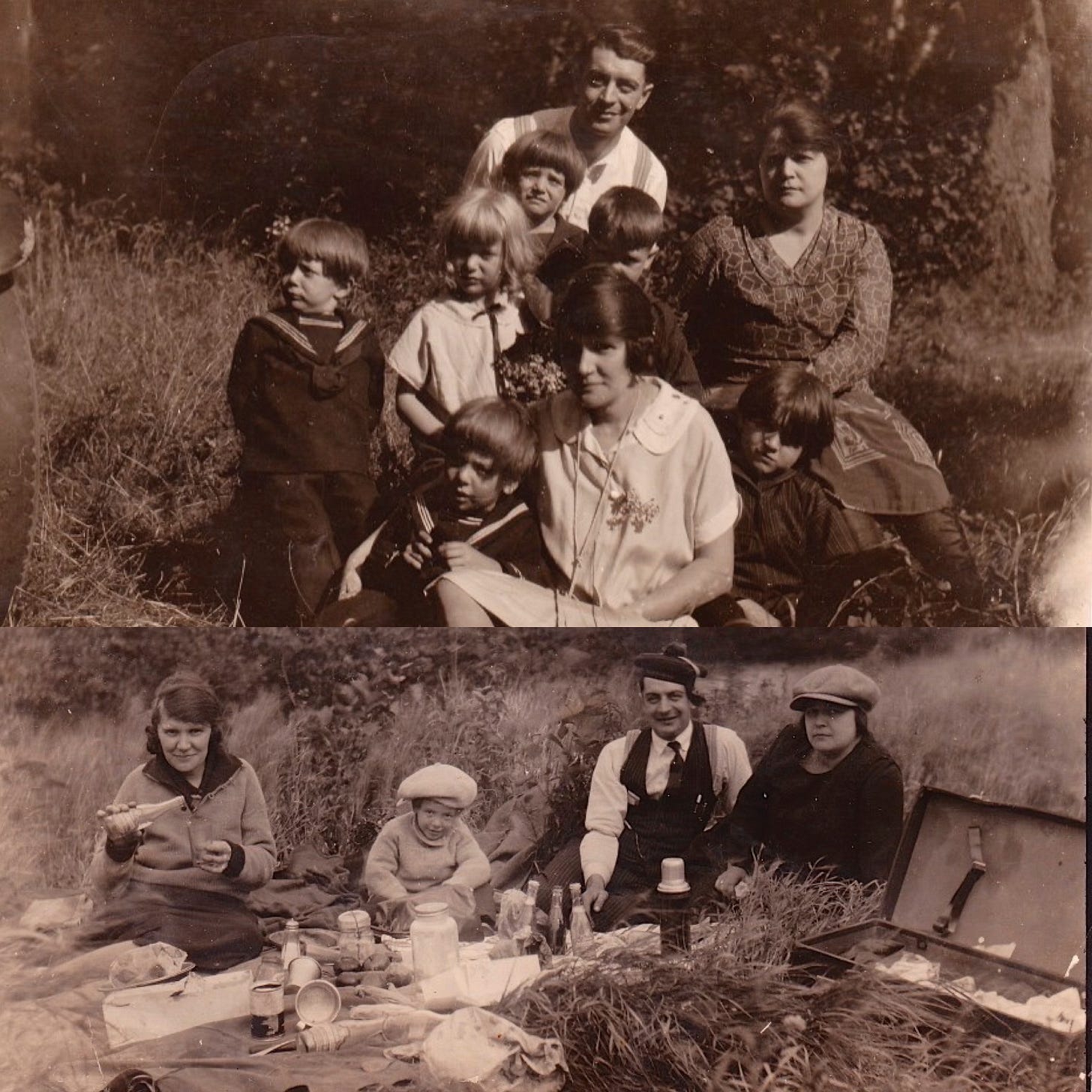
From Strangers to Kin
Each of these stories began with a strand of DNA and a shared curiosity. But they became something more—reunions across generations, the unearthing of long-buried truths, and glimpses into the lives of ancestors we never imagined we’d come to know.
In some cases, these connections helped heal old wounds. In others, they opened doors to questions still unanswered. But they all remind me of one powerful truth: we are never as alone—or as disconnected—as we believe. The ties that bind us are stronger than we realize, and the past is never truly lost.

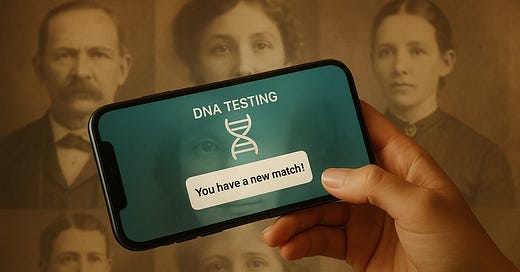



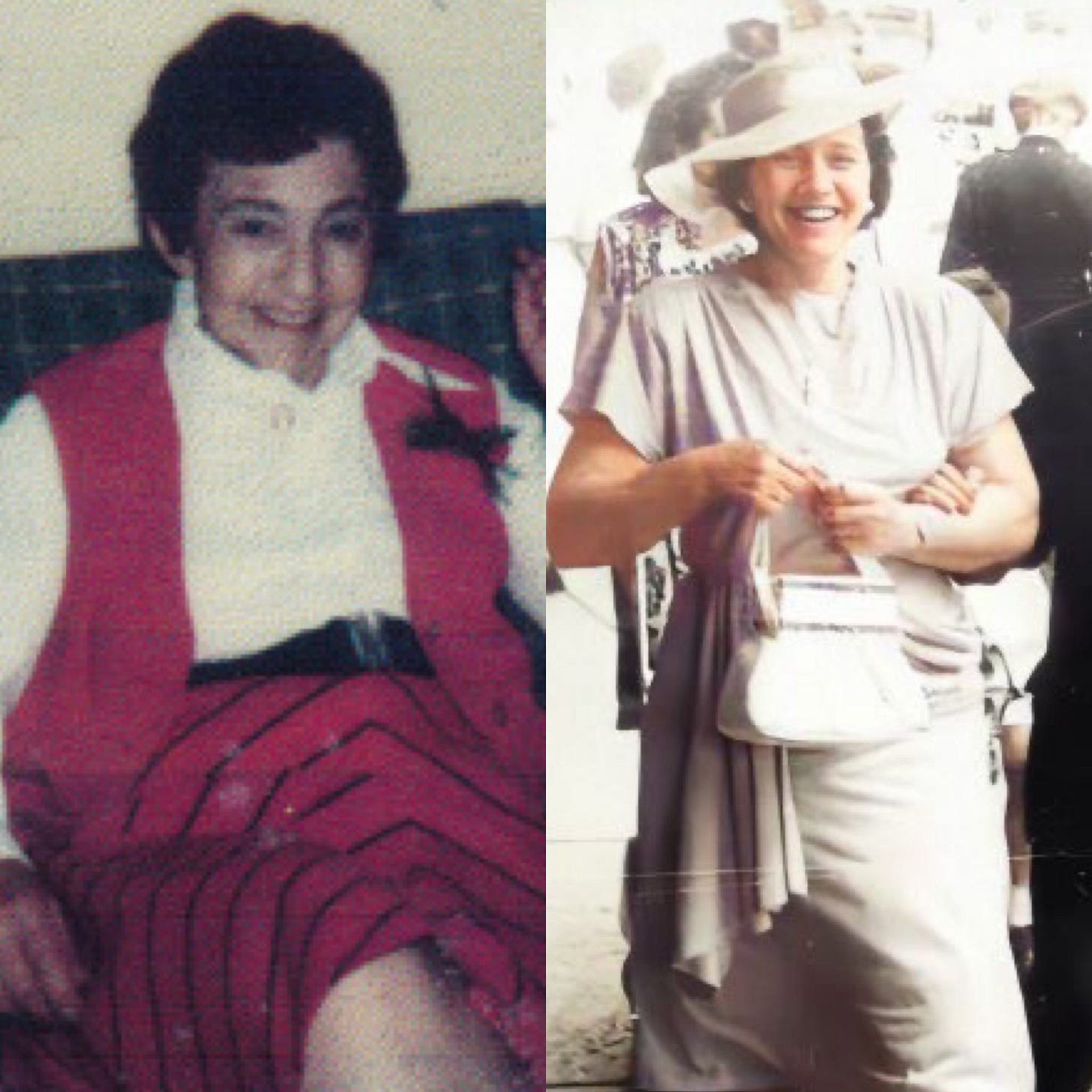
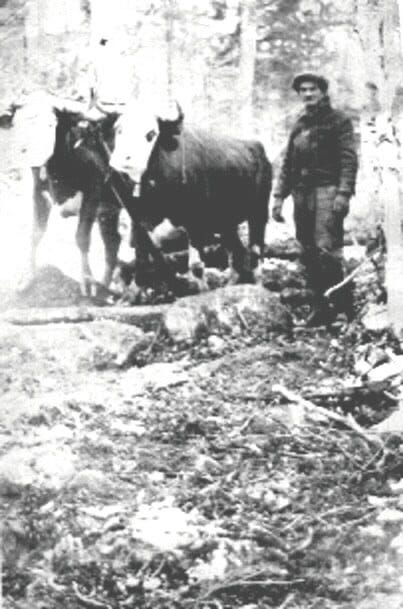

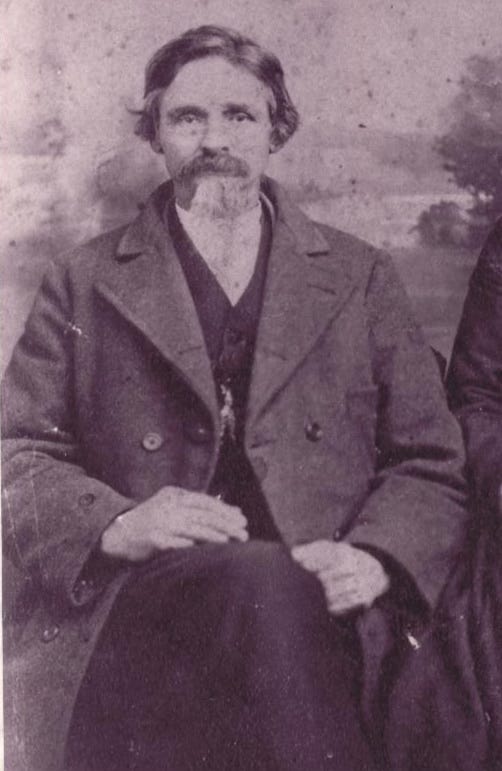

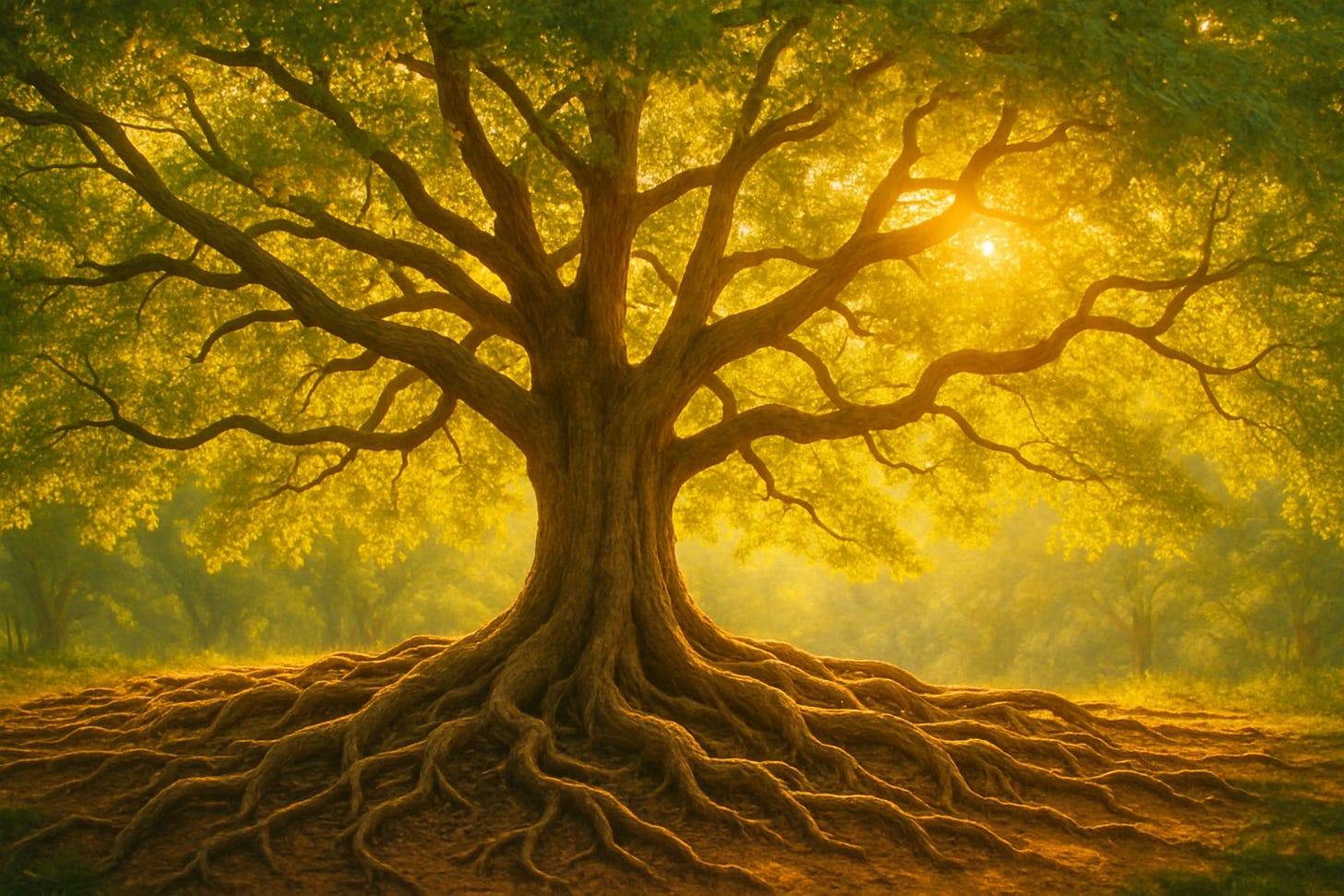
What wonderful stories. I, too, have a cousin I discovered through DNA. He'd been searching for his birth family. While I did not know his mother I put him in touch with a relative who remembered her. I was so delighted I was able to make this connection for him.
Once again I am blown away. Incredible stories, all of them.